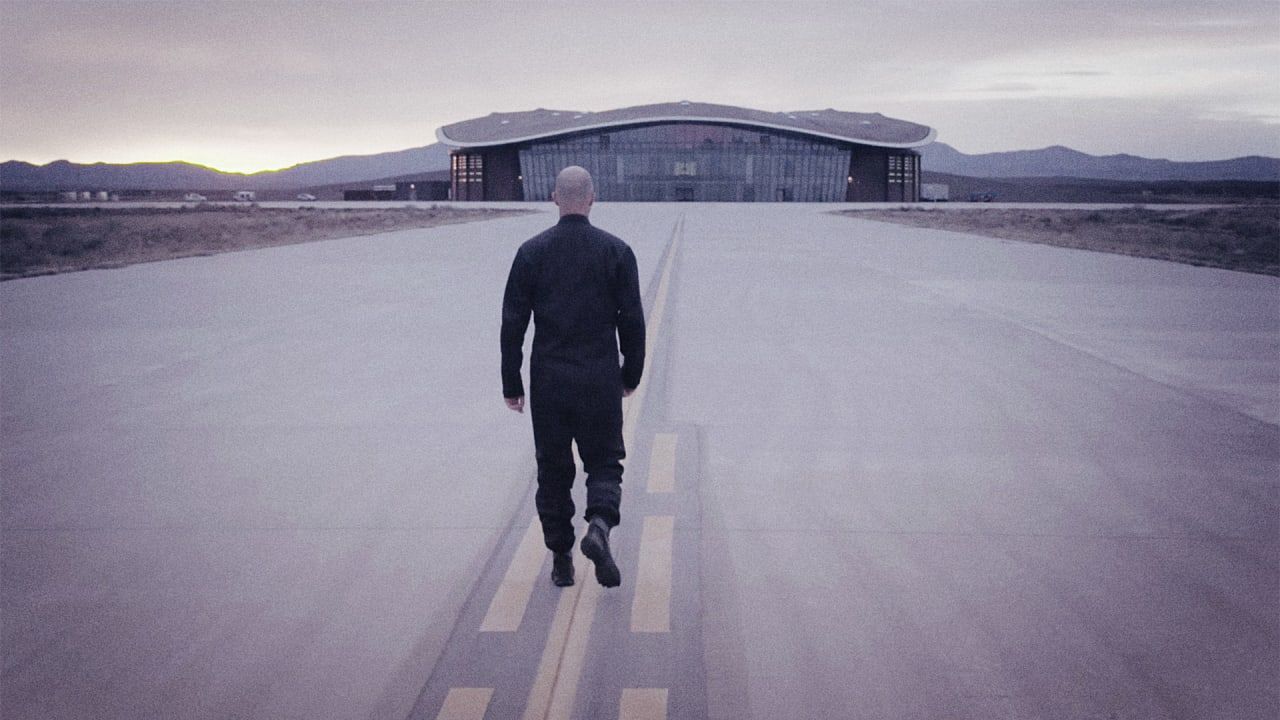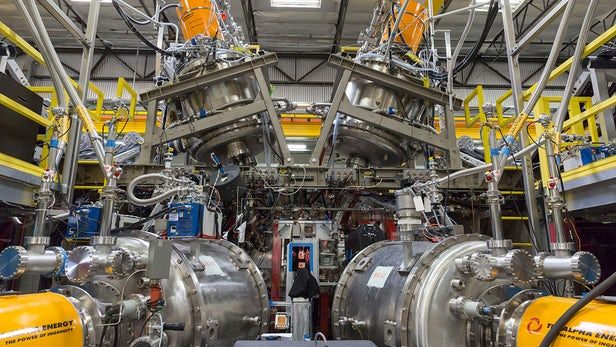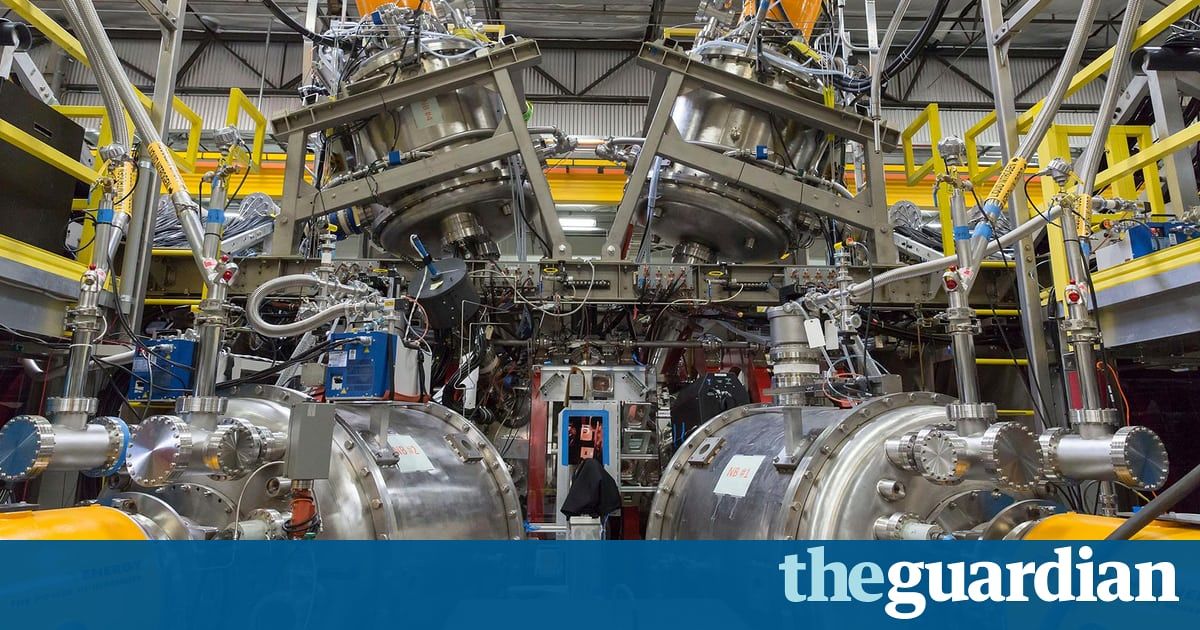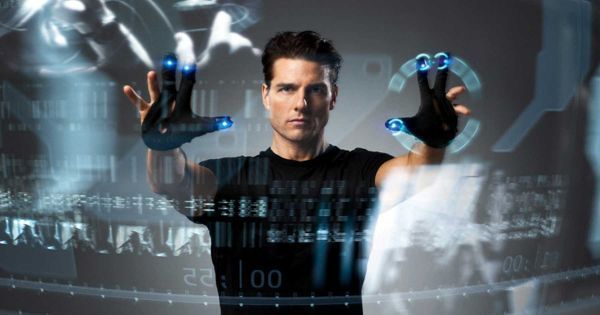Growing your own food may soon be as simple as pressing a button.




When British billionaire Jim Mellon wants to map out an investment strategy, he likes to write a book first. Out of that process came his most recent work — Juvenescence: Investing in the Age of Longevity. Now he and some close associates with some of the best connections in biotech are using the book as inspiration to launch a new company — also named Juvenescence — with plans to make a big splash in anti-aging research.

Hot on the heels of last month’s nuclear fusion breakthrough comes the first results from a multi-year partnership between Google and Tri Alpha Energy, the world’s largest private fusion company. The two organizations joined forces in 2014 in the hopes that Google’s machine learning algorithms could advance plasma research and bring us closer to the dream of fusion power.




Authorities in China are exploring predictive analytics, facial recognition, and other artificial intelligence (AI) technologies to help prevent crime in advance. Based on behavior patterns, authorities will notify local police about potential offenders.
Cloud Walk, a company headquartered in Guangzhou, has been training its facial recognition and big data rating systems to track movements based on risk levels. Those who are frequent visitors to weapons shops or transportation hubs are likely to be flagged in the system, and even places like hardware stores have been deemed “high risk” by authorities.
A Cloud Walk spokesman told The Financial Times, “Of course, if someone buys a kitchen knife that’s OK, but if the person also buys a sack and a hammer later, that person is becoming suspicious.” Cloud Walk’s software is connected to the police database across more than 50 cities and provinces, and can flag suspicious characters in real time.


Sweden’s government has exposed sensitive and personal data of millions, along with the nation’s military secrets, in what is now considered to be one of the worst government IT disasters ever. The leak, which occurred in 2015, saw the names, photos and home addresses of millions exposed. Those affected include fighter pilots of Swedish air force, police suspects, people under the witness relocation programme, members of the military’s most secretive units (equivalent to the SAS or SEAL teams) and more.
The leak occurred after the Swedish Transportation Agency (STA) decided to outsource its database management and other IT services to firms such as IBM and NCR. However, the STA uploaded its entire database onto cloud servers, which included details on every single vehicle in the country. The database was then emailed to marketers in clear text message. When the error was discovered, the STA merely sent another email asking the marketing subscribers to delete the previous list themselves.